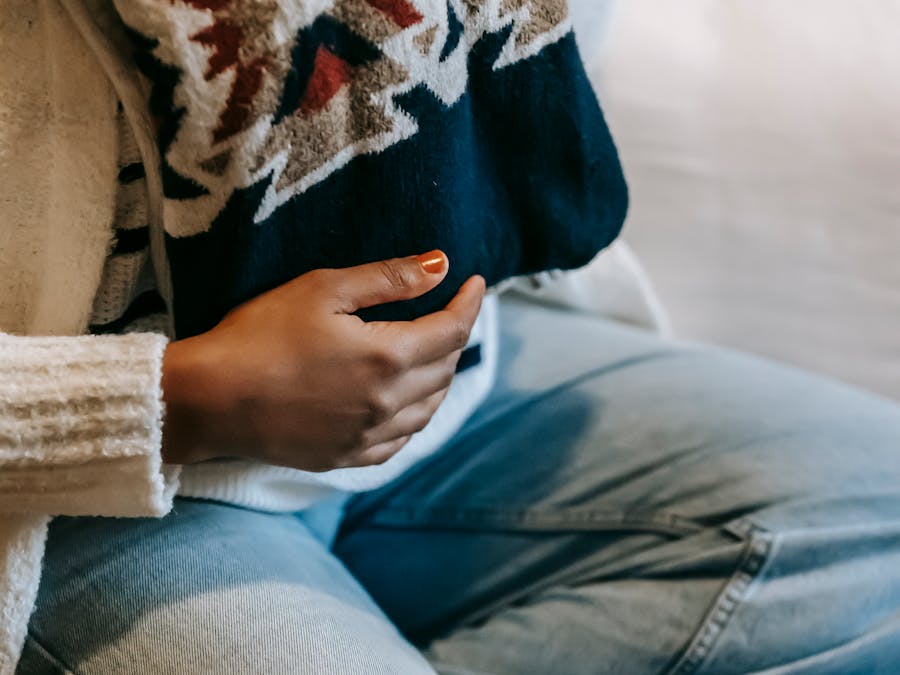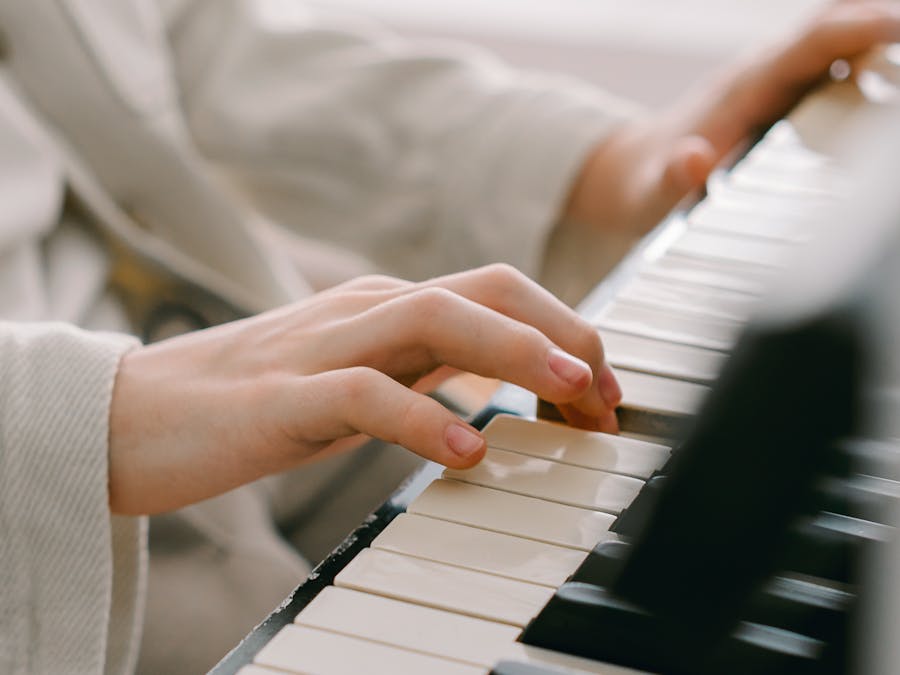 Piano Guidance
Piano Guidance
 Piano Guidance
Piano Guidance

 Photo: Pavel Danilyuk
Photo: Pavel Danilyuk
once a week How often should piano lessons be? Piano lessons are typically done once a week. This is the universal standard for most piano teachers. Having a week between lessons allows the student to practise the material at least a few times before the next lesson.

So pianists' brains actually are different. They are masters of creative, purposeful and efficient communication because of the very instrument...
Read More »
We discovered that typing on a flat keyboard is better for your wrists and hands, but an even better typing position is with the keyboard angled at...
Read More »
Pianoforall is one of the most popular online piano courses online and has helped over 450,000 students around the world achieve their dream of playing beautiful piano for over a decade.
Learn More »Thinking about taking piano lessons? This article will answer the questions How Often Should I Take Piano Lessons, and help clarify your decision before hiring a good piano teacher. How often should piano lessons be? Piano lessons are typically done once a week. This is the universal standard for most piano teachers. Having a week between lessons allows the student to practise the material at least a few times before the next lesson. This ensures that the material is well integrated before anything new is taught. Time between lessons also allows the student to develop good practise habits, which is just as important as the lesson itself. Is one piano lesson a week enough? One piano lesson a week is enough for most people. In some cases, more than one lesson per week can be recommended. For example, a second lesson could be used to cover certain complimentary topics such as music theory, music history, or even piano technique. In other cases, students may have difficulty working on the material on their own. This may be due to a lack of discipline, or it could be because of a learning disability or concentration issue. In these cases, a second weekly lesson can be used to review the material that was covered in the first. It can also serve to reinforce good practise habits in the student. How long should music lessons be? The average music lesson is one hour. This provides the ideal amount of time for a music teacher to cover the lesson material, answer questions and allow the student to practise the material. This length of time is ideal for adults, teenagers and certain determined kids. Most music schools also offer 30 minute or 45 minute options. A 30 minute music lesson is ideal for kids under the age of 12. Although some kids can handle a 1 hour lesson, most do not have the proper attention span or motivation and will get distracted before the lesson is over. A 45 minute music lesson can be a great option for students aged 10 and older. It also provides a less expensive option for the price conscious shopper, and still provides a decent amount of lesson time. How many lessons does it take to learn piano? First you need to determine what your goal is for learning piano. For example, if you are a beginner and your goal is to become proficient at reading music and playing simple repertoire like Amazing Grace, Au Claire de la Lune, or Jingle Bells, then most piano students can get there in 4 to 12 piano lessons. This is the equivalent of 1 to 3 months of piano lessons. If your goal is to become a high level jazz or classical pianist, then it will take years of training under the guidance of renowned piano teachers. According to a famous study by psychologist Anders Ericsson, elite musicians in the most prestigious music academies in world, practised their instrument on average 10 000 hours before reaching an elite level. That’s around 3 hours a day for 10 years. Important factors that will influence piano learning speed are age, inherent musical ability, practise habits and overall motivation.

Staccato. A staccato note is played with a short, disconnected sound. On the piano, play staccato by pressing a key quickly and then lifting your...
Read More »
The most iconic photograph of World War II was captured 72 years ago on the Japanese island of Iwo Jima, on Feb. 23, 1945. The photo, taken by AP...
Read More »More than a third of all songs are in one of four keys: G major, C major, D major, and A major. That all of these keys are major keys is unsurprising — with the exceptions of A minor, E minor, and B minor, none of the minor keys were even able to break 4%.
Spotify’s Kenny Ning put together this chart of the most commonly used song keys using over the over 30 million songs in their database. More than a third of all songs are in one of four keys: G major, C major, D major, and A major. That all of these keys are major keys is unsurprising — with the exceptions of A minor, E minor, and B minor, none of the minor keys were even able to break 4%. And each of those minor keys is actually closely related to one of the four major keys: A is the relative minor of C major, E is the relative minor of G major, and B is the relative minor of D major.

When you begin driving a stick shift, the tachometer is a good way to help you determine when you should shift up or down. Generally, you should...
Read More »
36 black keys A typical piano has 36 black keys and 52 white keys. That's 88 keys total.
Read More »
The minor scale is the pattern in western music typically associated with sad feelings. It includes three different variations called the natural...
Read More »
You can download the app for FREE to your iOS or Android device, but you will have to opt for one of the paid subscription services ($14.99 per...
Read More »